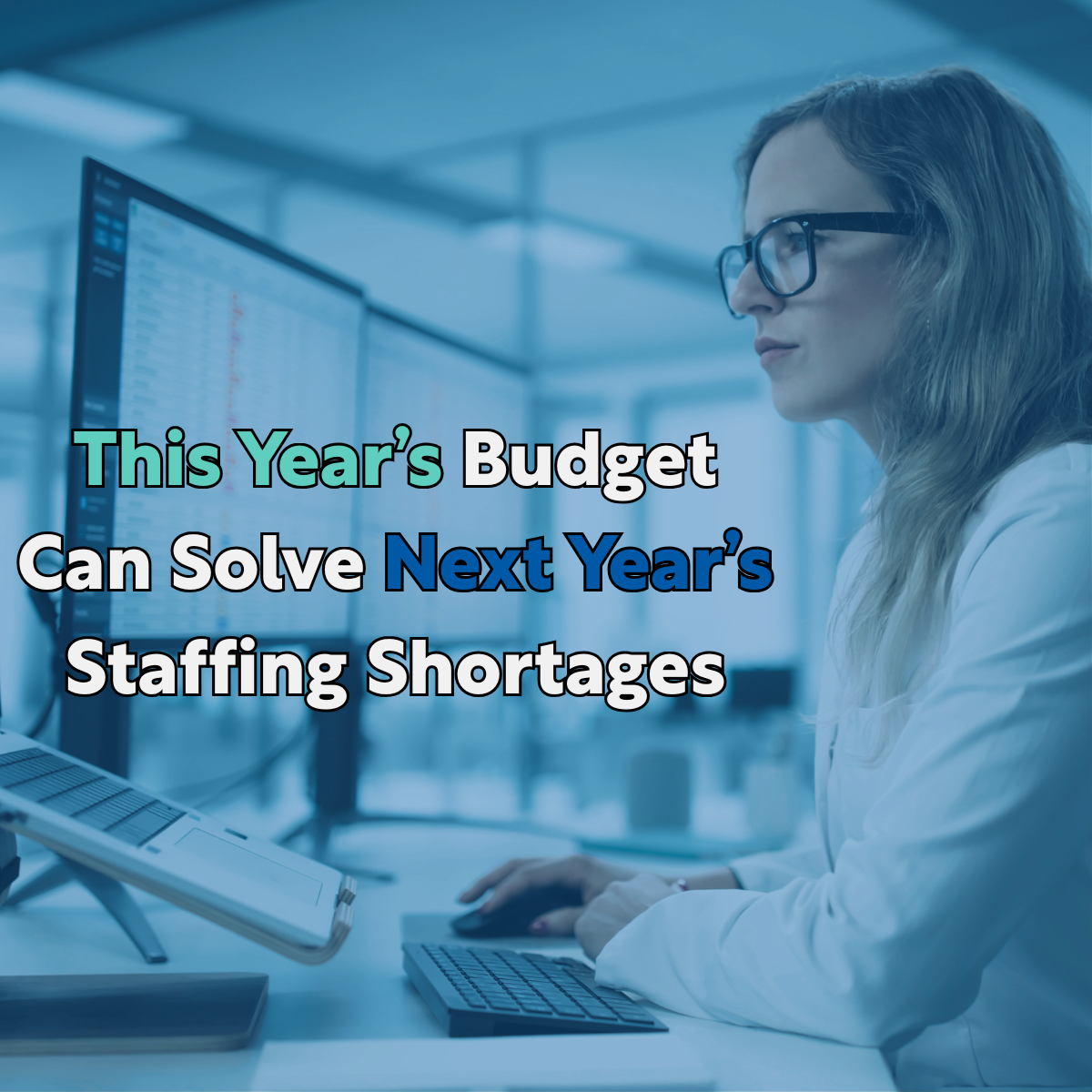Using non-MDR certified medical devices in healthcare settings creates significant legal, safety, and regulatory risks. The Medical Device Regulation (MDR) replaced the previous Medical Device Directive (MDD) to establish stricter requirements for medical device safety and performance across Europe. Non-certified devices may lack proper testing, quality controls, and safety verification, potentially exposing patients to harm and facilities to legal consequences. Healthcare providers using such equipment could face regulatory penalties, liability issues, and damage to their reputation.
Understanding the importance of MDR certification in healthcare
Medical Device Regulation (MDR) certification represents a comprehensive regulatory framework that ensures medical devices meet essential safety and performance requirements before they can be marketed in Europe. The MDR, which replaced the previous Medical Device Directive (MDD), strengthens the rules for medical devices to better protect public health and patient safety.
For healthcare facilities, MDR certification provides assurance that devices have undergone rigorous testing and quality control processes. This certification verifies that manufacturers have implemented proper risk management systems and conducted appropriate clinical evaluations. The transition from MDD to MDR introduced more demanding standards for device classification, technical documentation, and post-market surveillance. This shift reflects the growing recognition that medical device safety requires comprehensive regulation throughout a product's entire lifecycle.
What are the legal consequences of using non-MDR certified devices?
Healthcare facilities using non-MDR certified medical devices face serious legal ramifications that can impact their operations, finances, and reputation. Regulatory authorities can impose substantial penalties, including fines and operational restrictions, on facilities found using non-compliant equipment.
Liability exposure represents another significant risk. Should patient harm occur due to a non-certified device, healthcare providers may face malpractice claims and litigation. Insurance coverage might be compromised, as many policies specifically exclude incidents involving non-compliant equipment.
Additionally, healthcare facilities may be forced to cease using non-compliant devices immediately upon inspection, disrupting patient care and potentially requiring expensive emergency replacements. This can lead to unplanned downtime and significant financial consequences beyond any direct penalties.
How does using non-certified equipment affect patient safety?
Non-MDR certified devices pose direct patient safety risks as they haven't demonstrated compliance with essential safety and performance requirements. Without proper certification, there's no verification that the equipment works as intended or maintains consistent performance over time.
In disinfection applications, non-certified equipment may fail to eliminate harmful pathogens effectively, potentially leading to healthcare-associated infections. Certified devices have undergone testing to verify their effectiveness against bacteria, viruses, fungi, and other pathogens.
Non-certified devices may also lack proper safeguards against malfunctions or user errors. The MDR certification process evaluates these aspects, ensuring devices include appropriate safety mechanisms and clear user instructions to prevent adverse events during normal use.
What should healthcare facilities look for when verifying device certification?
When verifying medical device certification, healthcare facilities should first check for valid CE marking accompanied by a four-digit notified body number for class IIa devices and higher. This indicates the device has been assessed by an independent organisation and meets MDR requirements.
Request and review the Declaration of Conformity from the manufacturer, which should clearly state compliance with MDR regulations. Verify the device's classification to ensure it has undergone appropriate assessment procedures for its risk category.
Look for manufacturers with ISO 13485 certification, which demonstrates they maintain a comprehensive quality management system specific to medical devices. For UV-C disinfection equipment, additional standards like EN 14885 may apply, which addresses disinfection efficacy comparable to chemical methods.
Key takeaways: protecting your facility with certified disinfection options
Implementing MDR-certified devices is essential for regulatory compliance and patient safety in healthcare settings. The risks of using non-certified equipment—including legal penalties, liability issues, and patient harm—far outweigh any potential cost savings.
When evaluating disinfection equipment, prioritise devices with proper MDR certification and evidence of efficacy against relevant pathogens. UV-C technology offers an effective alternative to chemical disinfection methods when properly validated and certified.
Ensure your procurement policies require verification of proper certification for all medical devices. Regular audits of existing equipment can help identify any non-compliant devices that may have been acquired before current policies were implemented. For facilities seeking reliable UV-C disinfection solutions, we offer a range of MDR certified devices that demonstrate compliance with these stringent requirements while providing proven efficacy against harmful pathogens. You can find our products here.
By maintaining a commitment to certified medical devices, healthcare facilities can better protect patients, staff, and their organizational integrity. Our comprehensive approach to product development and certification ensures that healthcare providers can confidently implement UV-C technology while meeting all regulatory requirements and maintaining the highest standards of patient safety. Read more about the MDR here.








.jpg)
